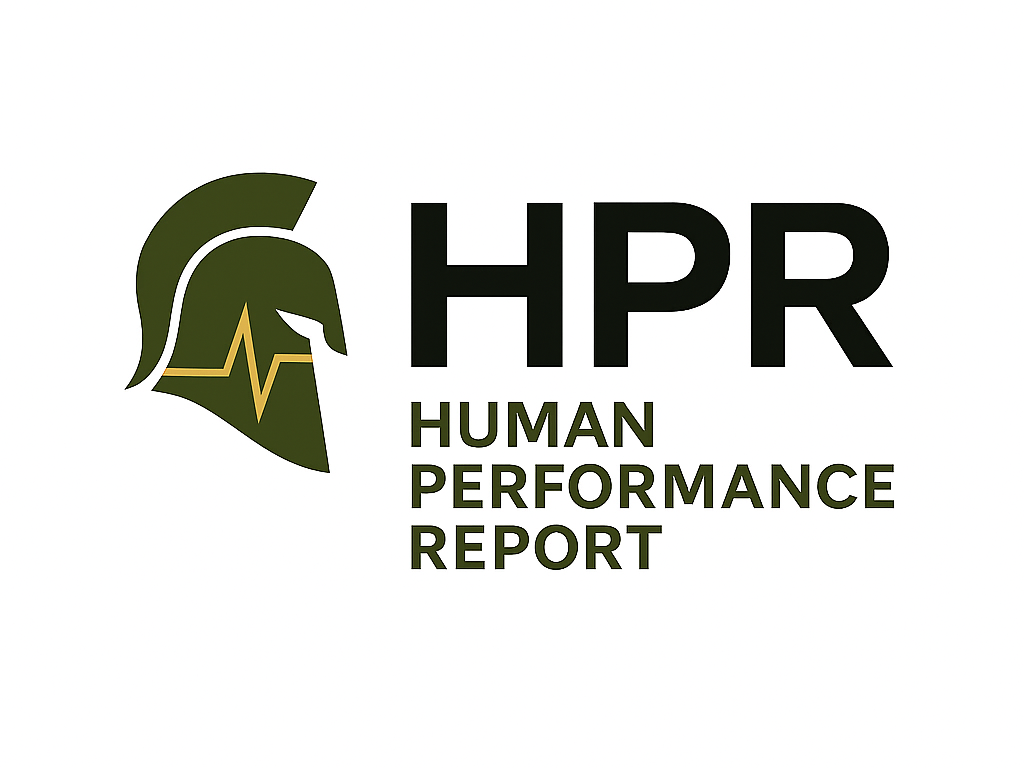Beyond the Test: Building a Holistic Presidential Youth Fitness Program for America’s Future
IT’S TIME FOR ACTION
Big news for our nation’s future: The Presidential Youth Fitness Test is making a comeback.
This is a welcome sign that our country is once again recognizing the importance of youth fitness. But while the test provides a snapshot of where students stand, a one-time measure is not enough.
If we are serious about preparing the next generation for the challenges ahead — physically, mentally, and morally — we need something bigger: a Presidential Youth Fitness Program that builds lifelong habits of health, resilience, and purpose.
The Limits of Testing Alone
For decades, the Presidential Youth Fitness Test measured physical performance across key fitness domains. It brought visibility to the state of youth fitness in schools, but it didn’t address the behaviors that shape long-term well-being.
Today’s youth face challenges far beyond what a single test can measure:
-
Declining physical activity levels and rising childhood obesity rates
-
Increased mental health challenges, including anxiety and depression
-
Nutritional gaps driven by processed diets and limited access to healthy foods
-
Chronic sleep deprivation, impacting cognitive and physical development
These trends don’t just affect individual kids — they impact our country’s public health, economic productivity, and even military readiness.
From Testing to Training: A Multi-Disciplinary Program
To change the trajectory of youth health, we need a holistic program, not just a test.
The Army’s Holistic Health and Fitness (H2F) program offers a proven model. Applied to youth, it could create a Presidential Youth Fitness Program that emphasizes daily practice in five key domains:
-
Physical Readiness – Building strength, movement literacy, and cardiovascular health
-
Mental Readiness – Fostering emotional resilience, stress management, and focus
-
Nutritional Readiness – Teaching the fundamentals of fueling for growth and performance
-
Sleep Readiness – Helping kids understand the critical role of rest in learning and recovery
-
Spiritual Readiness – Anchoring identity, values, and purpose as a foundation for resilience
This approach shifts the focus from what kids can do on test day to what habits they build every day.
Engaging Families and Leveraging Technology
We cannot rely on schools alone to carry this responsibility. PE time has steadily declined, and increasing it significantly is unlikely. But we can extend the reach of fitness programming beyond the gym and into homes.
-
Wearable technology and mobile platforms can provide personalized coaching, progress tracking, and gamified challenges.
-
Parent portals can bring families into the process, helping them guide and encourage their children.
-
Community-based fitness initiatives can reinforce these habits outside the classroom.
By meeting kids where they are — on their devices, in their homes, and in their communities — we can make fitness an engaging and sustainable part of their lives.
Progress Discussed — But Stalled
The Department of Health and Human Services (HHS) is charged with leading this effort, and we’ve offered support to help establish a pilot program within Department of Defense schools — a community uniquely positioned to model what a whole-child readiness program could look like.
But instead of execution, the initiative has been returned to committees for further discussion.
Good ideas aren’t enough. We need to move from conversation to action.
A Call for Presidential-Level Leadership
It’s time for a whole-of-government approach — with clear leadership.
We recommend establishing a Presidentially appointed Task Force on Youth Fitness and Readiness, Co-chaired by the Department of Health and Human Services and the Department of Defense and led by proven leaders trusted to execute the President’s priorities.
This task force would bring together the DOD, Department of Health and Human Services, Department of Education, USDA, JROTC, ROTC, DoDea and other agencies to develop a comprehensive, actionable roadmap for a nationwide Presidential Youth Fitness Program.
We recommend that this task force deliver a pilot-ready program — capable of launching in Department of Defense schools — by January 2026.
By placing this effort within DoD, we align it with a culture of mission accomplishment, ensure accountability, and elevate youth fitness as what it truly is: a matter of national readiness and long-term security.
Why It Matters: National Health and Readiness
This isn’t just about gym class. It’s about the long-term health and resilience of our nation.
A multi-disciplinary youth fitness program would:
-
Reduce long-term healthcare costs by improving public health
-
Strengthen national security, increasing the pool of physically and mentally prepared military recruits
-
Foster civic engagement and purpose, equipping youth with discipline and a sense of service
In short, investing in youth fitness is an investment in America’s future leaders, workers, and defenders.
The Way Forward
The return of the Presidential Youth Fitness Test is a first step — but now we need to take the next one.
A Presidential Youth Fitness Program could be a rallying point for educators, parents, public health experts, military leaders, and policymakers. It’s a call to create a culture where every child has the tools, support, and purpose to build lifelong health and readiness.
We have the science. We have the technology. Now we need the will to act.
At HumanPerformanceReport.com, we’re tracking conversations like these — where human performance meets public health and national readiness.
